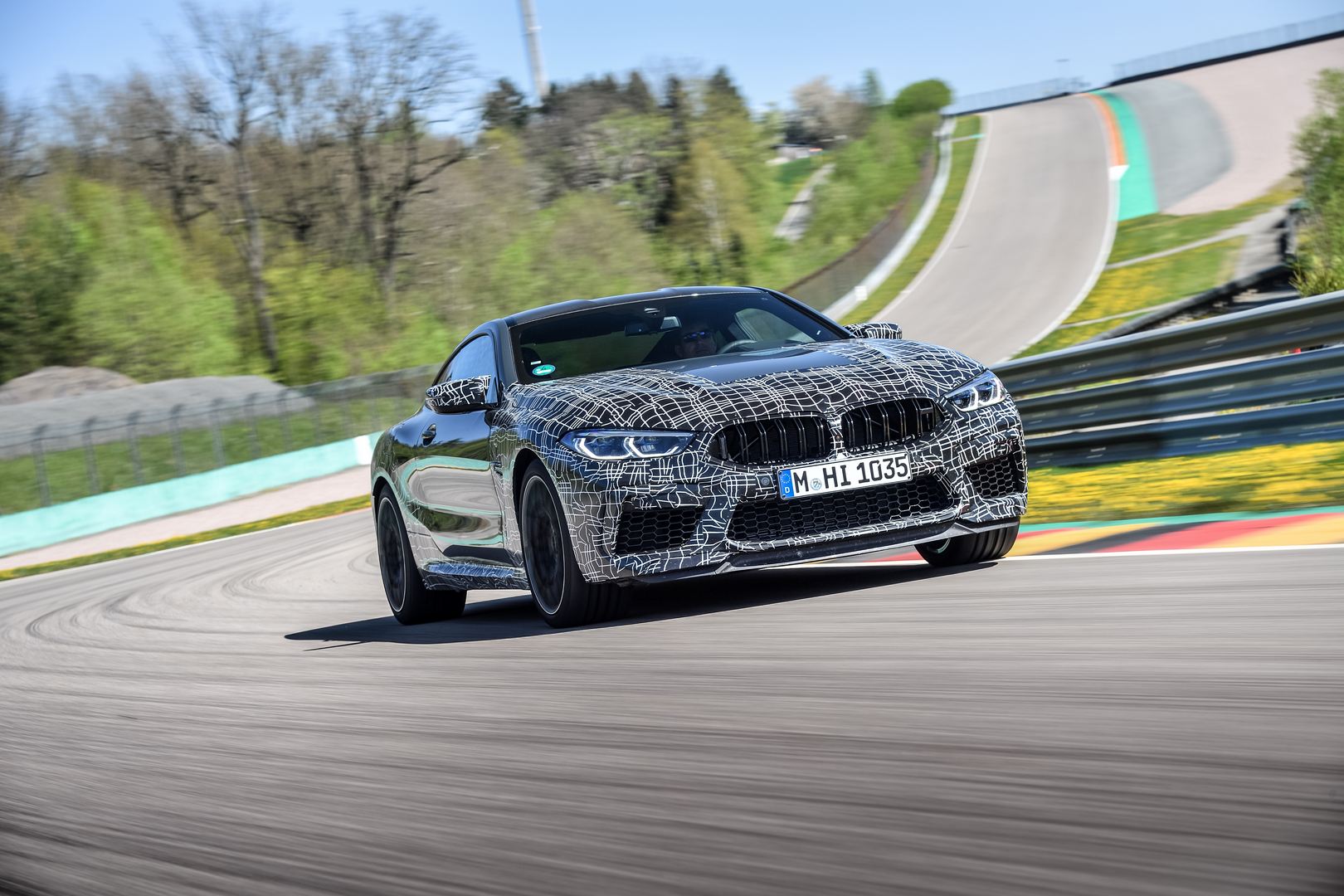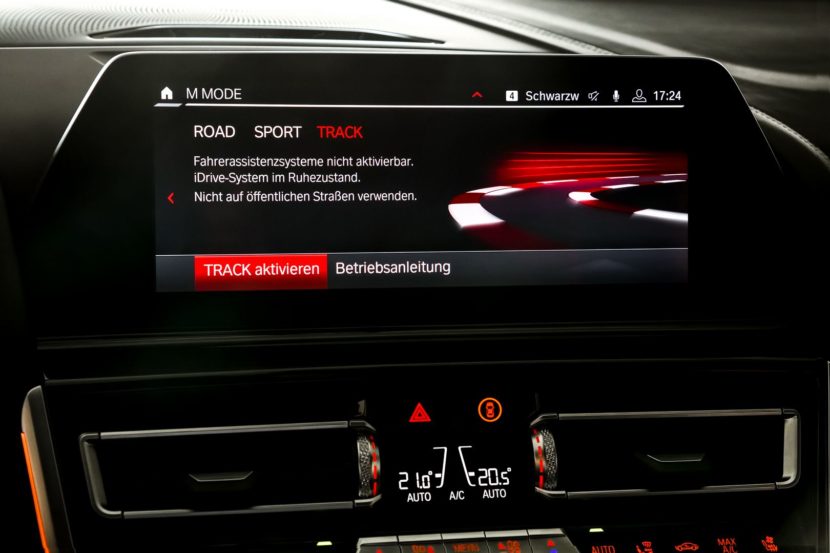After a recent official teaser, we recently learned that the upcoming BMW M8 will sport adaptive brakes, allowing the driver to configure brake pedal feel and response. With two different settings, the driver will be able to choose between Comfort and Sport braking. In theory, this is a good idea, as it allows a very high-performance car to have extreme braking capabilities without the touchy, grabby feel of performance brakes on the road. However, in reality, isn’t this all just becoming too much? Are adaptive brakes pushing configuration too far?
Maybe I’m just an old curmudgeon (who isn’t actually old) but I don’t want adaptive brakes. I want the brakes and the brake pedal to be set up properly from the factory and just work well. Sure, uber-high performance brakes can be a bit overly grabby on the road and in traffic but isn’t that sort of the fun of having an uber-high performance car, dealing with its weird quirks?
I typically hate when people constantly say “Back in the day…” because few things were actually better “back in the day”. However, I’m going to use it here. Back in the day, a car’s suspension, brakes, steering and throttle response had one setting and only one setting — the way they were designed from the factory. Engineers worked hard to come up with just the right balance for each aspect of the car and cars were better for it.
Suspension is a good example of this. Today, almost all cars at least offer some sort of adaptive suspension setup, allowing customers to choose from some sort of comfort mode or sporty mode. The idea being that you can have the comfort mode for everyday driving and then firm things up when you want to be sporty. In theory, it’s a nice idea. In the real world, though, neither setting is ever just right. Comfort is always too soft and sport is always too firm. Same goes for steering; comfort is always too light and sport is always unnecessarily heavy. Never a Goldilocks setting.
However, I recently just spent a week with the new BMW 330i M Sport and it had BMW’s new “lift-related” dampers. This new suspension setup isn’t adaptive and it has no alternative modes. It’s just a passive suspension setup that’s be set up properly. And you know what? It works brilliantly. During my time with it, I was so extremely pleased with how it rode, handled bumps and handled corners. In every situation, it felt perfect. Sure, it was a little on the firm side but never so much so that it was uncomfortable. Instead, it was supple enough, planted and confidence inspiring.
Of course, to do so, you have to make a bit of a sacrifice in one area. In the case of the 3 Series, its new suspension trades a bit of comfort for better handling and dynamics. And it’s well worth it because it’s still comfortable enough for everyday driving and actually has a suppleness that allows you to feel bumps but rounds them out. And because it’s consistent, with no changing modes, you can better learn how it responds and drive accordingly.
I wish BMW would do this for more of its cars; just offer a single, non-adaptive suspension setup that works the right way right out of the box. The same goes for braking. I’m still optimistic about the BMW M8 because the M850i is so good that I can only imagine how incredible the proper BMW M8 will be. However, I fear that its braking is going to be more of the same “too soft or too firm”, similar to most adaptive suspension setups.
Who knows, maybe the BMW M8 proves me wrong and its brakes works brilliantly. Or maybe it’s overly gimmicky and BMW M engineers should just set up the brakes one way, the right way, and leave them alone.








































































